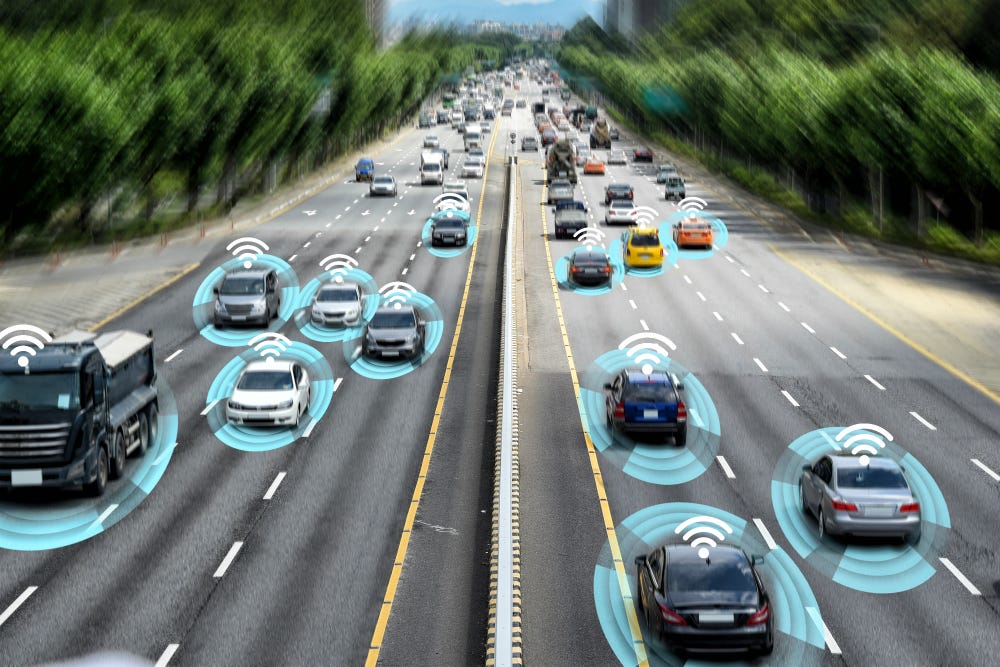
Automotive manufacturers are facing an ever-increasing demand to deliver better engine performance, fuel economy and reduced emissions. Achieving these goals, however, is a daunting task.
Researchers at the U.S. Department of Energy’s (DOE) Argonne National Laboratory are developing the deep learning framework MaLTESE (Machine Learning Tool for Engine Simulations and Experiments) to meet the challenge.
During the course of our daily commute, our engines take a real licking, given the roller coaster ride of acceleration, deceleration and hard stops. Individual driving habits, along with road and weather conditions, also exact a toll.
Vehicle manufacturers are constantly researching new approaches to optimize engine operation under these diverse conditions. And with over 20 different parameters affecting fuel economy and emissions, determining the right approach can prove slow and expensive.
But what if high-performance computing (HPC) and machine learning tools could sift through innumerable parameter combinations and predict outcomes for the commutes of thousands of drivers in real time?
Utilizing supercomputing resources at the Argonne Leadership Computing Facility (ALCF), a DOE Office of Science User Facility, Argonne researchers Shashi Aithal and Prasanna Balaprakash are developing MaLTESE with autonomous — or self-driving — and cloud-connected vehicles in mind. But first they hope the framework can be used to develop a manufacturer-like onboard system that combines the power of HPC and machine learning for a new class of real-time adaptive learning and controls.
In order to investigate the impact of diverse driving and engine operating conditions on engine performance and emissions, they used MaLTESE to simulate a typical 25-minute drive cycle of 250,000 vehicles, the approximate traffic flow of four major Chicago freeways during rush hour.
Using nearly the full capacity of the ALCF’s Theta system — one of the world’s most powerful supercomputers — the simulations were completed in less than 15 minutes, less than the time it takes to actually make the drive.
Currently, completing a high-fidelity simulation of just one engine cycle requires several days, even on a large supercomputer, as a typical drive cycle, or commute, has thousands of different engine cycles.
“It’s a very precise computational fluid dynamics model that takes a lot of computing hours to run and get an output,” says Balaprakash. “For the given driving conditions and driving behavior, we want to know a multitude of things, like nitrogen oxide and carbon emissions, and efficiency. Simulating that takes a long time.”
But Aithal had previously developed a physics-based real-time engine simulator called pMODES (parallel Multi-fuel Otto Diesel Engine Simulator) that not only runs much faster than traditional engine modeling tools, but can concurrently simulate the performance and emissions of thousands of drive cycles. A high-impact tool for drive simulation on leadership-class machines, pMODES won the HPC Innovation Award in 2015 by IDC Research (now Hyperion research).
MaLTESE was the merging of Aithal’s pMODES with the simulation-driven deep-learning tools being researched by Balaprakash.
The engine simulation outputs from pMODES are used to train a deep neural network to “learn” how driving conditions and engine/transmission design affects the vehicle’s performance and emissions. The trained neural network can then predict the engine performance and emissions for a set of inputs in microseconds, putting on-board real-time adaptive control within the realm of possibility.
“Simulation-driven machine learning is ideally suited for applications with multiple inputs and multiple outputs requiring large HPC resources, such as in drive-cycle analyses” says Balaprakash. “These tools can be trained with a relatively small subset of the vast parameter space and then be used to make accurate predictions about other scenarios without the need for actually conducting the simulations.”
The team’s simulation on Theta is considered the single largest drive-cycle simulation conducted concurrently on a leadership-class supercomputer in real time and also the first machine learning-based prediction of drive-cycle characteristics of thousands of cars on city roads and freeways during rush hour.
“The MaLTESE effort is a great example of how Argonne supercomputing resources enable researchers to combine large-scale simulations with machine learning methods in the development of novel tools for real-world applications, such as engine design and autonomous vehicle technologies,” says ALCF Director Michael Papka.
The research team’s findings were presented at the ISC High Performance conference held in Frankfurt, Germany, in June 2019.
“MaLTESE has the potential to be a disruptive technology aimed at simulating and learning critical information about engine performance, emissions and vehicle dynamics in real time”, says Aithal. “MaLTESE could lead to a rapid paradigm shift in the use of HPC in the design and optimization and real-time control of automotive-features with far-reaching implications for autonomous and connected vehicles.”

